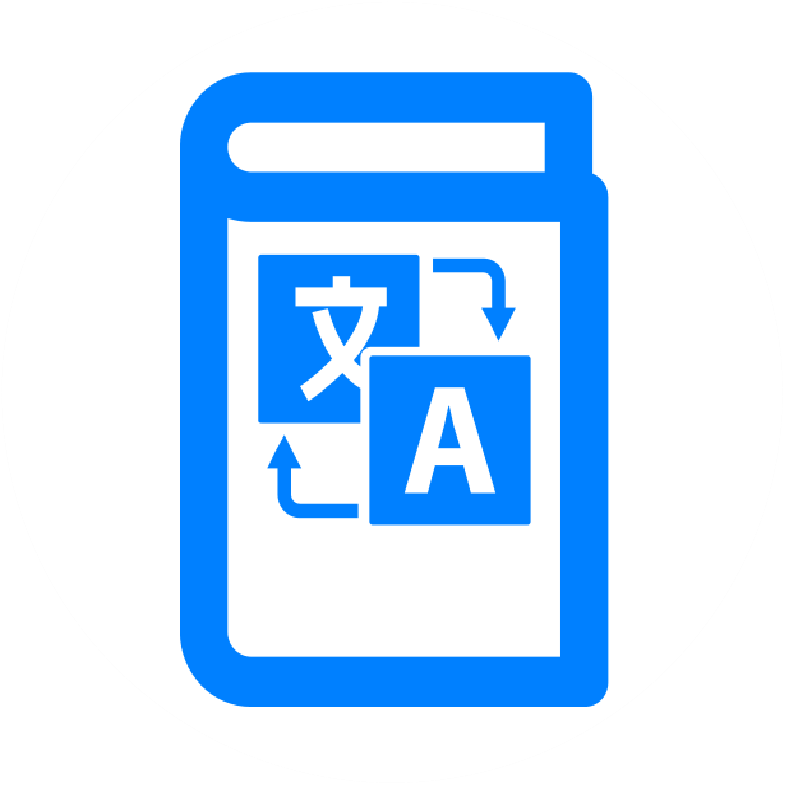The Ultimate Guide to QR Code Placement
Learn strategic QR code placement techniques to maximize the effectiveness of your digital menu and enhance customer experience
Table of Contents
Introduction
The success of your digital menu system relies heavily on one crucial factor: making it easily accessible to your customers. While QR codes have become commonplace in restaurants, their effectiveness varies dramatically based on placement and presentation. This guide will help you create an intuitive, user-friendly experience that encourages customers to engage with your digital menu.

Understanding Customer Behavior
Before diving into specific placement strategies, it's important to understand how customers interact with QR codes. People naturally look for menus in certain locations, and your QR code placement should align with these expectations. Additionally, different types of customers may prefer different access points – some will reach for a table-mounted code, while others might want to check the menu while waiting.
Strategic Placement Locations
Table Setup: Your Primary Focus
The dining table is your most crucial QR code location. This is where customers spend most of their time and where they'll naturally look for menu access. Consider implementing multiple approaches:
- Center-table placement using branded table tents
- Corner-mounted permanent fixtures
- Integration with existing menu holders
- Placement on condiment caddies
Pro Tip: Use MenuTap's high-resolution QR codes in table tents that include your restaurant's branding for a professional look.
Entry and Waiting Areas
These areas present valuable opportunities for menu access before customers are seated. Strategic placement here serves multiple purposes:
- Allows customers to browse while waiting
- Reduces perceived wait times
- Enables quick menu checks by passing foot traffic
- Helps customers make dining decisions
Consider placing codes at the host station, in window displays, and in designated waiting areas.
Design and Presentation Principles
The physical presentation of your QR codes significantly impacts their effectiveness. A well-designed QR code display should be:
Visually Appealing
- Integrate with your restaurant's aesthetic
- Use high-quality printing materials
- Include clear, concise instructions
- Feature your restaurant's branding
Functionally Effective
- Maintain a minimum size of 1.5 x 1.5 inches
- Ensure proper lighting around display areas
- Use non-reflective materials to prevent scanning issues
- Keep surfaces clean and well-maintained
Environment-Specific Strategies
Different dining environments require different approaches to QR code implementation:
Fine Dining
In upscale environments, discretion is key. Focus on:
- Elegant, understated presentation
- Integration with existing decor
- Professional table tent designs
- Minimal visual impact
Casual Dining
Casual settings allow for more prominent displays:
- Larger, more visible placements
- Multiple access points
- Durable, easy-clean materials
- Clear, friendly instructions
Quick Service
Speed and convenience are paramount:
- Highly visible placement near ordering areas
- Large, easy-to-spot displays
- Multiple scanning options
- Clear, multilingual instructions
Staff Training: The Human Element
Your staff plays a crucial role in the success of your digital menu system. Train your team to:
- Confidently explain the digital menu system
- Assist customers with scanning when needed
- Troubleshoot common issues
- Maintain QR code displays
Monitoring and Optimization
Track the effectiveness of your QR code placement through:
- Scan rates at different locations
- Customer feedback and observations
- Staff input on customer behavior
- MenuTap analytics data
Use this information to optimize placement and presentation over time.
Best Practices for Success
Follow these key principles for optimal results:
Maintenance
- Clean QR code displays daily
- Check scanning functionality regularly
- Replace damaged or faded displays promptly
- Update placement based on customer feedback
Accessibility
- Ensure adequate lighting
- Maintain stable WiFi coverage
- Provide alternative access methods
- Consider mobility-impaired customers
Beyond Basic Placement
Extend your QR code strategy beyond traditional locations:
- Include codes on takeout materials
- Add to marketing collateral
- Place on business cards
- Integrate with social media profiles
Conclusion
Successful QR code implementation requires thoughtful placement, proper maintenance, and ongoing optimization. Remember that customer comfort and ease of use should guide all your decisions. Start with these fundamentals and adjust based on your restaurant's specific needs and customer feedback.
Need help optimizing your QR code placement? Contact MenuTap support at contact@menutap.biz for personalized recommendations and best practices.
- Generate a QR code for free using our tool for testing.
Last Updated: March 2025
For more restaurant success tips, visit our Learning Center
Ready to transform your restaurant menu?
Join thousands of restaurants worldwide that have enhanced their customer experience with multilingual digital menus.
